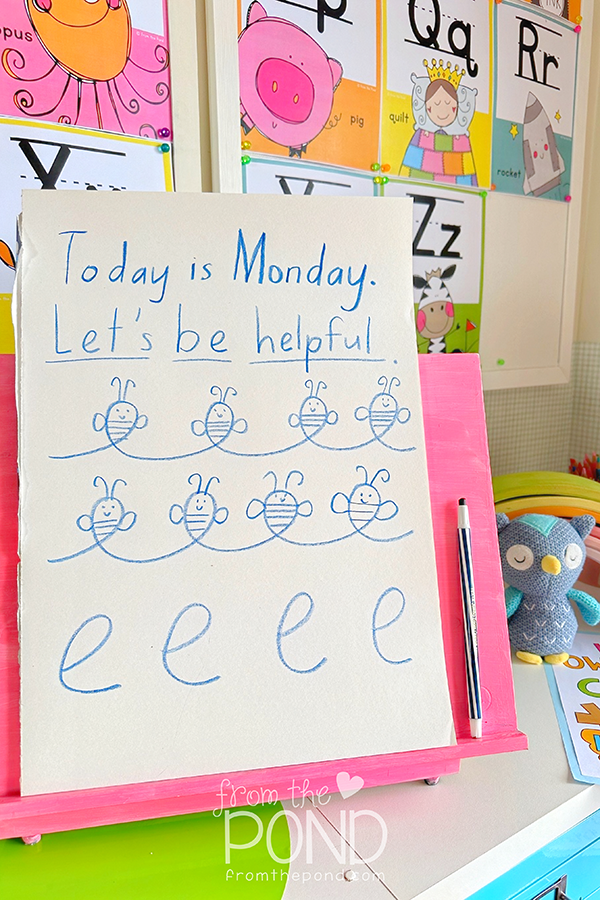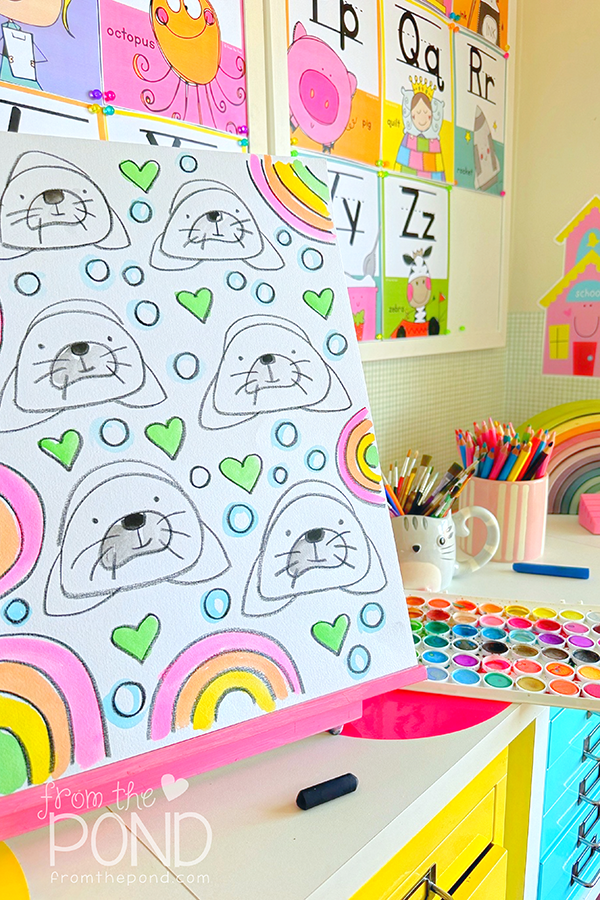Winter is an ideal time to SNOW-off your students’ creativity with a fun and frosty activity! The Snowman Poem Quick Craft is the perfect way to combine art and literacy in a single, easy-to-prep project. Watch your children transform into winter wordsmiths as they design cheerful snowmen and write their own acrostic poems using the letters S-N-O-W.
This activity is packed with opportunities for learning and fun. From brainstorming wintry words to coloring happy snowman details, children will create something truly unique while building their literacy skills. Let’s dive into the snowdrift of ideas to make this craft an unforgettable classroom (or at-home!) experience.


Color or Paint the Snowman
- Children start by coloring or painting their snowman. Encourage them to use light blue for a snowy edge effect and bright, happy colors for details like the hat, cheeks, flower, and bird.
Write Acrostic Poetry
- Next, they’ll write a word or phrase for each letter in the word "SNOW."
- Example:
Soft snowflakes fall,
Noses rosy in the cold,
Open fields of white,
Winter wonderland!
Display or Share
Whether you create a classroom bulletin board, a class book, or take the activity home, these snowmen will surely bring a flurry of creativity to everyone’s day!Before Starting: Set the Scene!
To help students dive into this activity:
- Read a Snowman Storybook: Books like Snowmen at Night by Caralyn Buehner are great for inspiration.
- Brainstorm Snow Words: Discuss snow and create a list of words associated with it (e.g., frosty, chilly, flakes, sledding).
- Alphabetize and Highlight: Organize snow-related words and identify words starting with "snow."
- Play Word Games: Try memory games, opposites, or creating sentences using snow words.
Introduce Acrostic Poems:
- Read examples together and collaboratively write a few.


Quick Teach: Here's a suggested lesson sequence if you need an idea to start planning
- Storytime: Read a book about snowmen to spark interest.
- Discussion: Talk about snow—what it looks like, feels like, and activities you can do in it.
- Brainstorm Words: Write a shared list of snow words.
- Practice Acrostics: Collaboratively create a few acrostic poems as a group.
- Craft Time: Color or paint the snowman.
- Independent Writing: Students write their own acrostic poem using the letters S-N-O-W.
- Display and Celebrate: Share their creations in a bulletin board display or class book.

Fun Bulletin Board Headings
If you're creating a fun classroom display, here are some headings you could use:
- S is for Snowman!
- A Flurry of Creativity!
- Let It SNOW... Poetry!
- Our Snowman Wordplay!
- Winter Words on Display!
- Acrostic Snowman Magic!
- Snowmen Speak!

Join the Premium Coloring Club!
This Snowman Poem Quick Craft is just one of the many creative and educational resources available in our Premium Coloring Club. For only $9.95 a month, you’ll unlock exclusive coloring pages, activities, and craft ideas to inspire young learners.👉 Join the Premium Coloring Club now! and give your children the gift of fun, creativity, and learning this winter season.












































